How we test printers and scanners
Everything you need to know about our benchmarking process for print devices
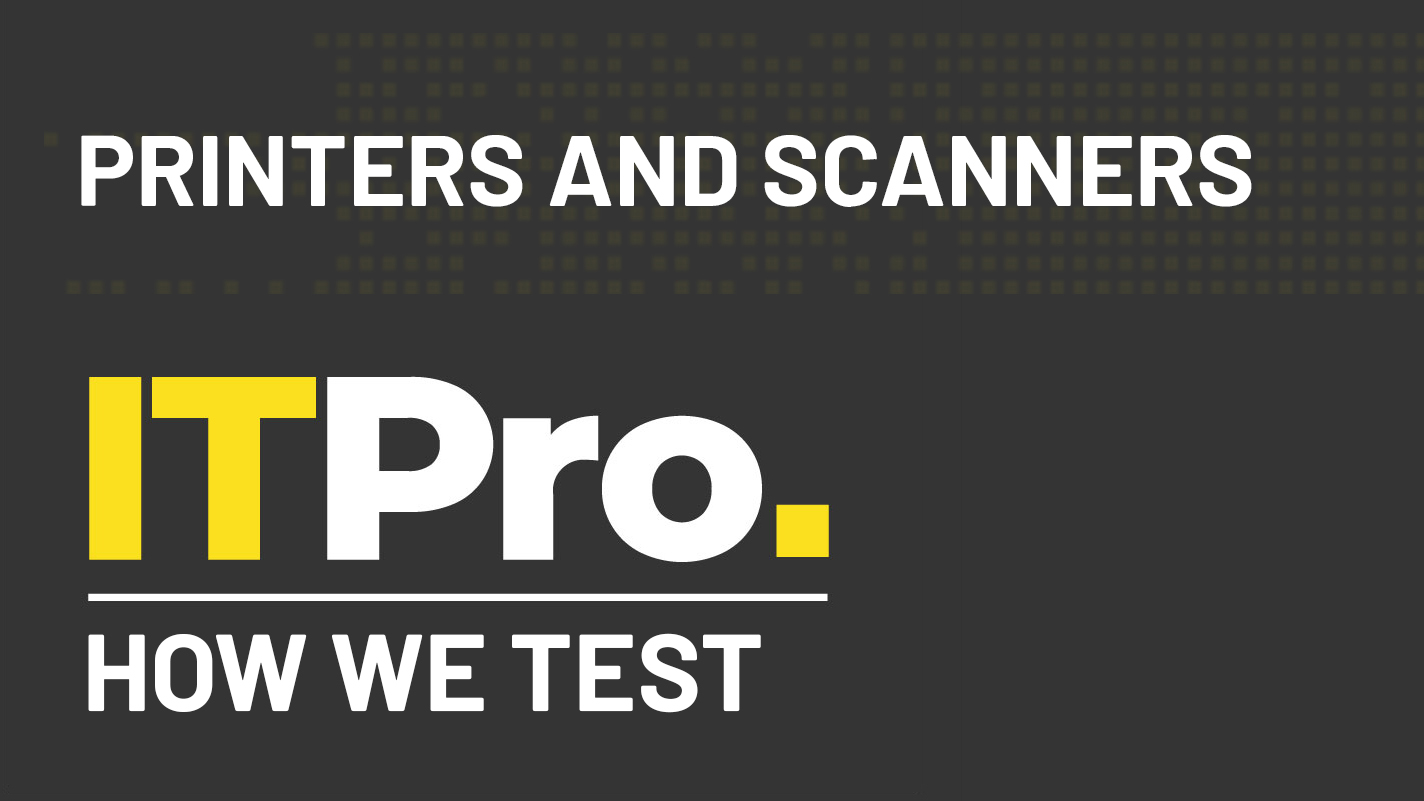
You can learn a lot from the manufacturers’ specifications, but there’s no substitute for hands-on testing. In all our printer and scanner reviews, we tease out devices true strengths and weaknesses through a battery of tests designed to mimic real-world print, scan and copy jobs.
We’ll also make more subjective assessments of elements such as the design, appearance and build quality, as well as the additional quality-of-life features it offers, and the value for money.
Print quality
We start with untimed print tests across a variety of print types, including black and white text, colour photos and greyscale images. We use these to check the output quality of the printer, looking for factors such as colour banding, text sharpness, image definition and whether there’s any run between ink colours.
Print speeds
To measure print speeds, we time how quickly a printer delivers a first page of black text, and a full 25-page mono job. Because we include all the time taken from clicking Print to the last page dropping into the output tray, our page-per-minute (ppm) speeds are always somewhat lower than the manufacturers’. On inkjets, we repeat this test at draft quality, which usually produces a faster result.
Our next test uses a 24-page document comprising web pages, presentation slides and magazine pages to measure colour speed. It’s a challenging test, so colour printers usually fall well behind their rated speed - mono printers typically get closer. Where there’s duplex, we print the first 10 pages onto five sheets, quoting the speed as images (sides) per minute. On laser printers we use a page from this document to time how long a first colour page takes. We repeat the mono and colour time-to-first-page tests from cold.
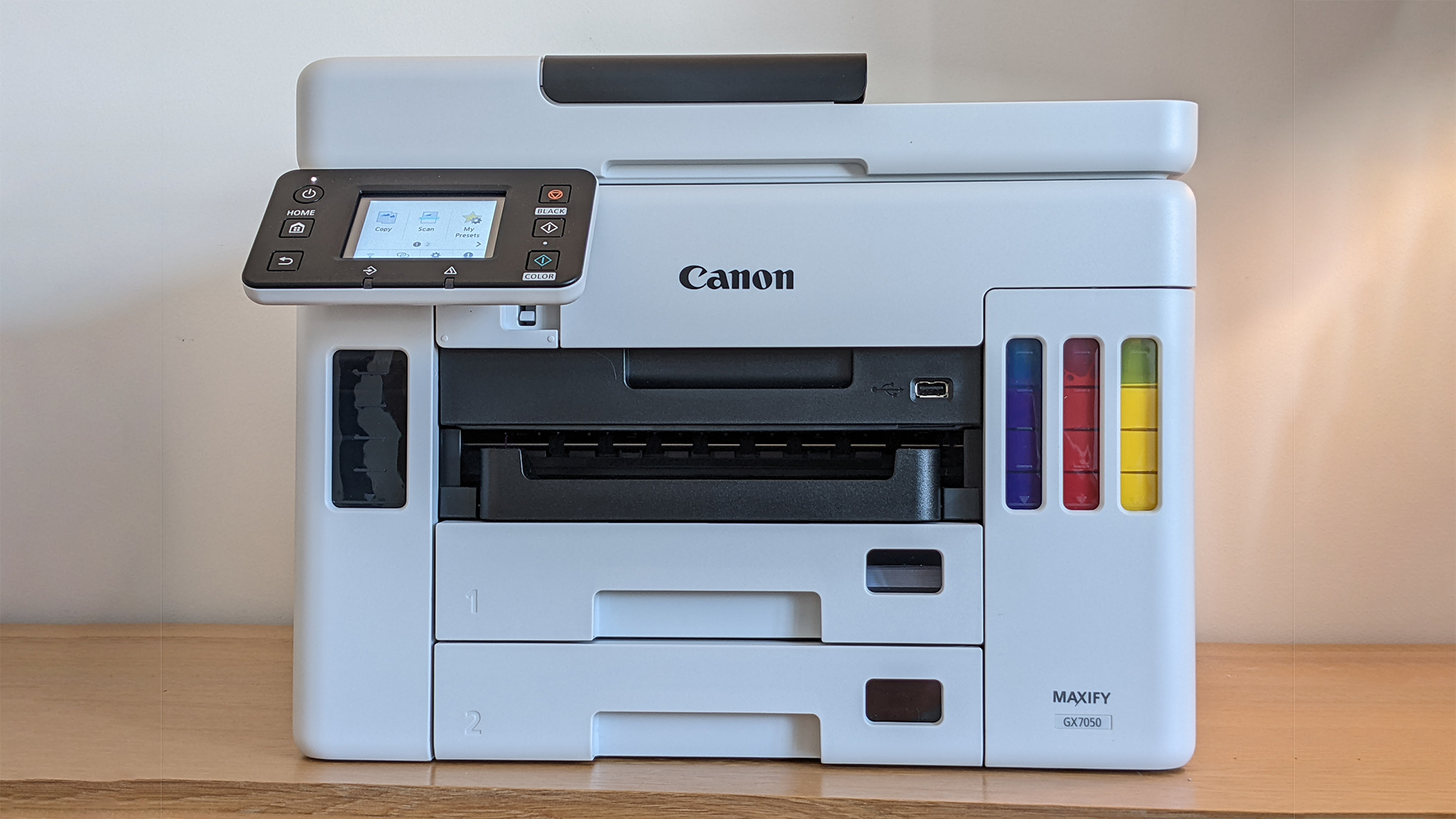
On inkjets we print two 10 x 8in photos onto A4 photo paper, then six borderless 6x4” photos. With lasers we print the latter test onto three A4 sheets. We do all our photo tests at the highest available quality settings.
Copy speeds
On an MFP we time a single photocopy and, where there’s an ADF, a 10-page copy, repeating this test in colour where available. If both the printer and ADF support duplexing, we time a 10-page, 20-sided colour copy. While we’re at it, we check the menu system’s usability, particularly when it comes to direct print and scan features.
Get the ITPro daily newsletter
Sign up today and you will receive a free copy of our Future Focus 2025 report - the leading guidance on AI, cybersecurity and other IT challenges as per 700+ senior executives
Scan speeds
We test scanners with an office document, a 6 x 4in colour photo and a Kodak Q-60 colour input target. We time how long it takes to obtain a preview image, and create A4 scans at 150 and 300 dots per inch (dpi). We also time 600dpi and 1,200dpi scans of the photograph. The target helps reveal limitations in a scanner’s dynamic range, most commonly manifested as poorly distinguished dark shades.
Power consumption
Finally, we measure each printer’s power use in sleep and standby modes. We also measure peak consumption, usually during mono photocopying. It’s worth noting that, for laser printers in particular, our peak measurements are usually far higher than the typical power consumption.
ITPro is a global business technology website providing the latest news, analysis, and business insight for IT decision-makers. Whether it's cyber security, cloud computing, IT infrastructure, or business strategy, we aim to equip leaders with the data they need to make informed IT investments.
For regular updates delivered to your inbox and social feeds, be sure to sign up to our daily newsletter and follow on us LinkedIn and Twitter.
-
 Global cybersecurity spending is set to rise 12% in 2025 – here are the industries ramping up investment
Global cybersecurity spending is set to rise 12% in 2025 – here are the industries ramping up investmentNews Global cybersecurity spending is expected to surge this year, fueled by escalating state-sponsored threats and the rise of generative AI, according to new analysis from IDC.
By Ross Kelly Published
-
 Google Cloud is leaning on all its strengths to support enterprise AI
Google Cloud is leaning on all its strengths to support enterprise AIAnalysis Google Cloud made a big statement at its annual conference last week, staking its claim as the go-to provider for enterprise AI adoption.
By Rory Bathgate Published
-
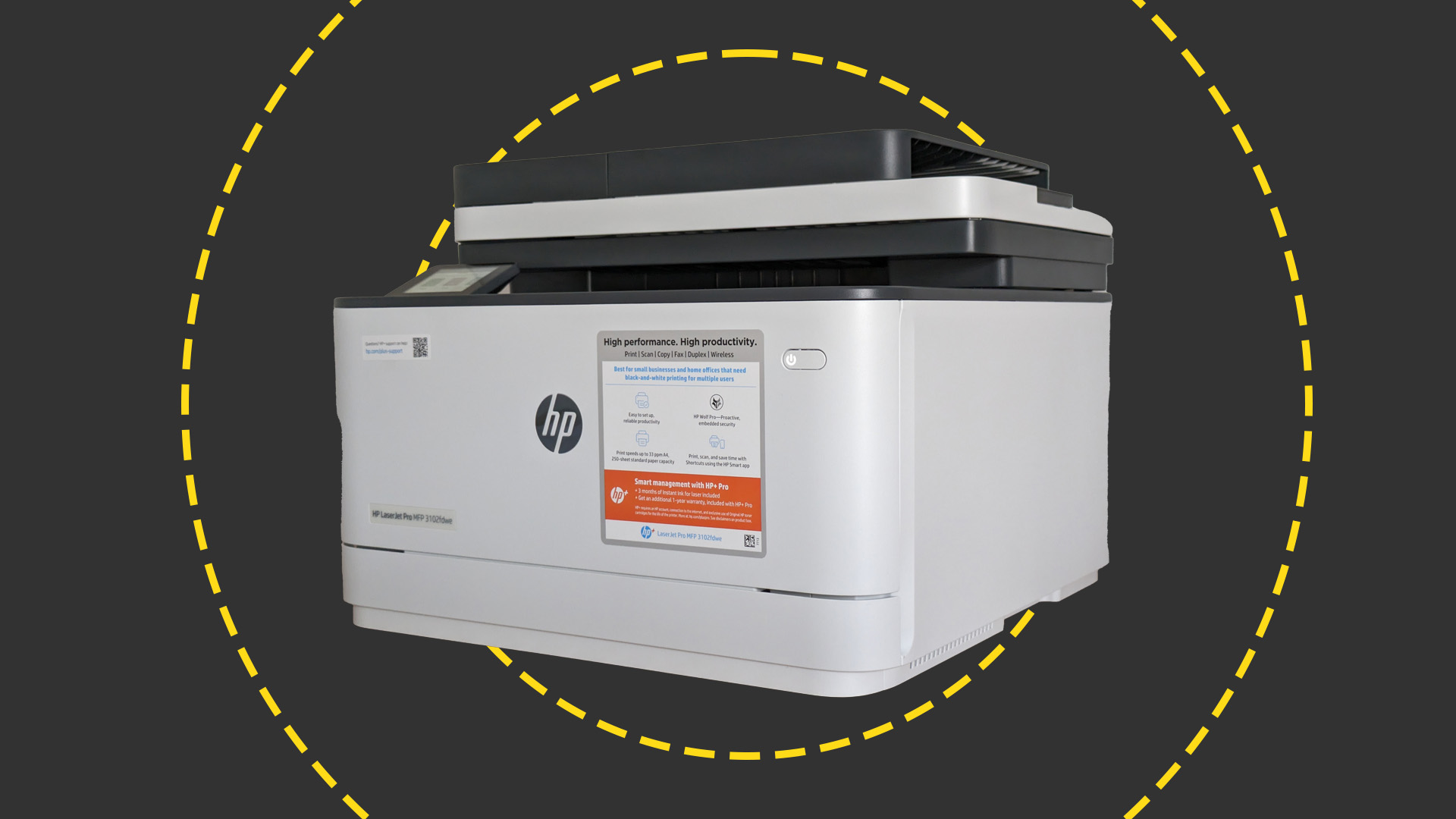 HP LaserJet Pro MFP 3102fdwe review: Hamstrung by high running costs and the restrictions of HP+
HP LaserJet Pro MFP 3102fdwe review: Hamstrung by high running costs and the restrictions of HP+Reviews hamstrung by high running costs and the restrictions of HP+
By Simon Handby Published
-
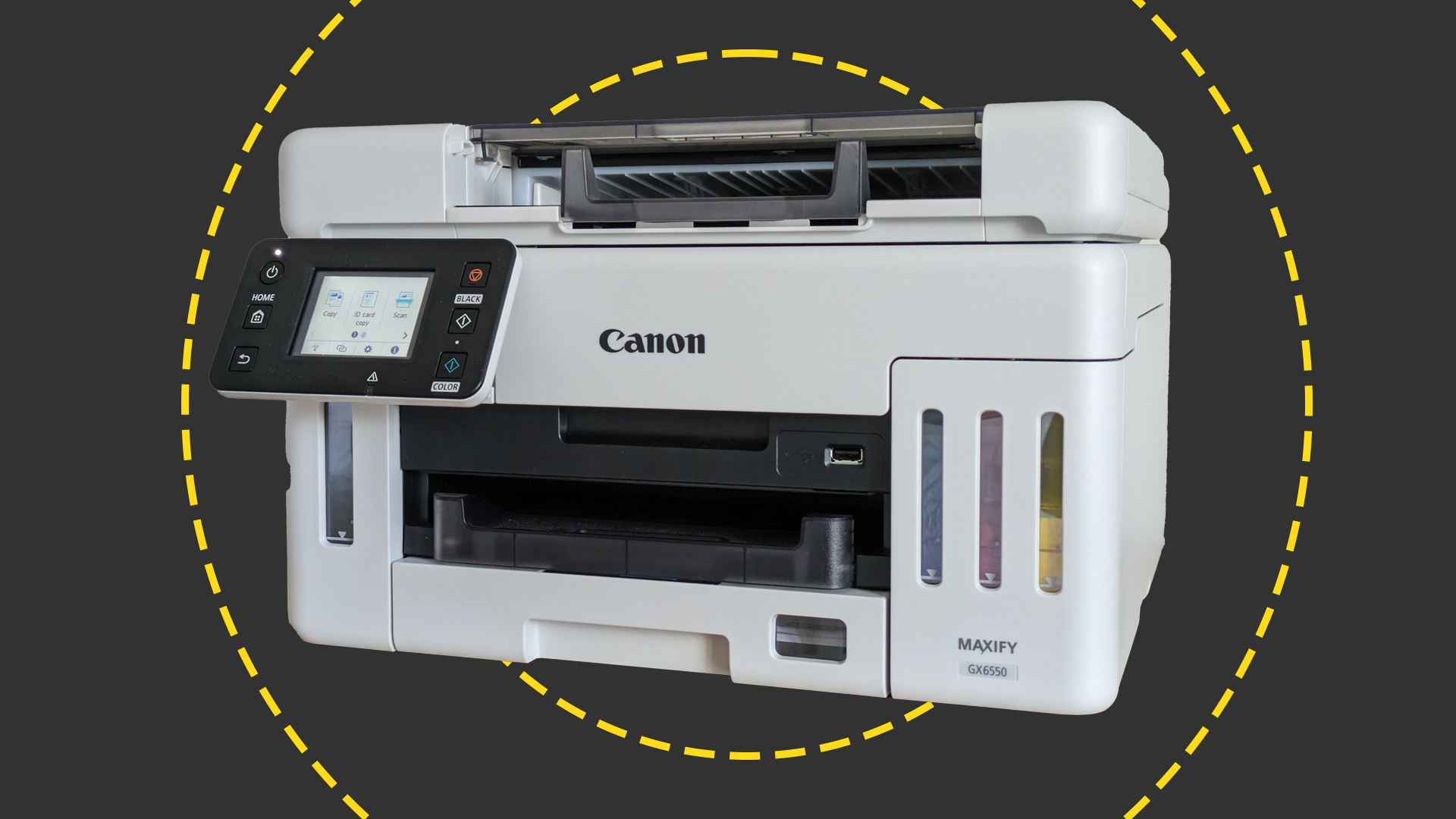 Canon MAXIFY GX6550 Review: cheap to run and very compact, but not the greatest inkjet MFP
Canon MAXIFY GX6550 Review: cheap to run and very compact, but not the greatest inkjet MFPReviews The GX6550 has a neat cubby hole trick and it's very cheap to run, but it's compromised in other ways
By Simon Handby Published
-
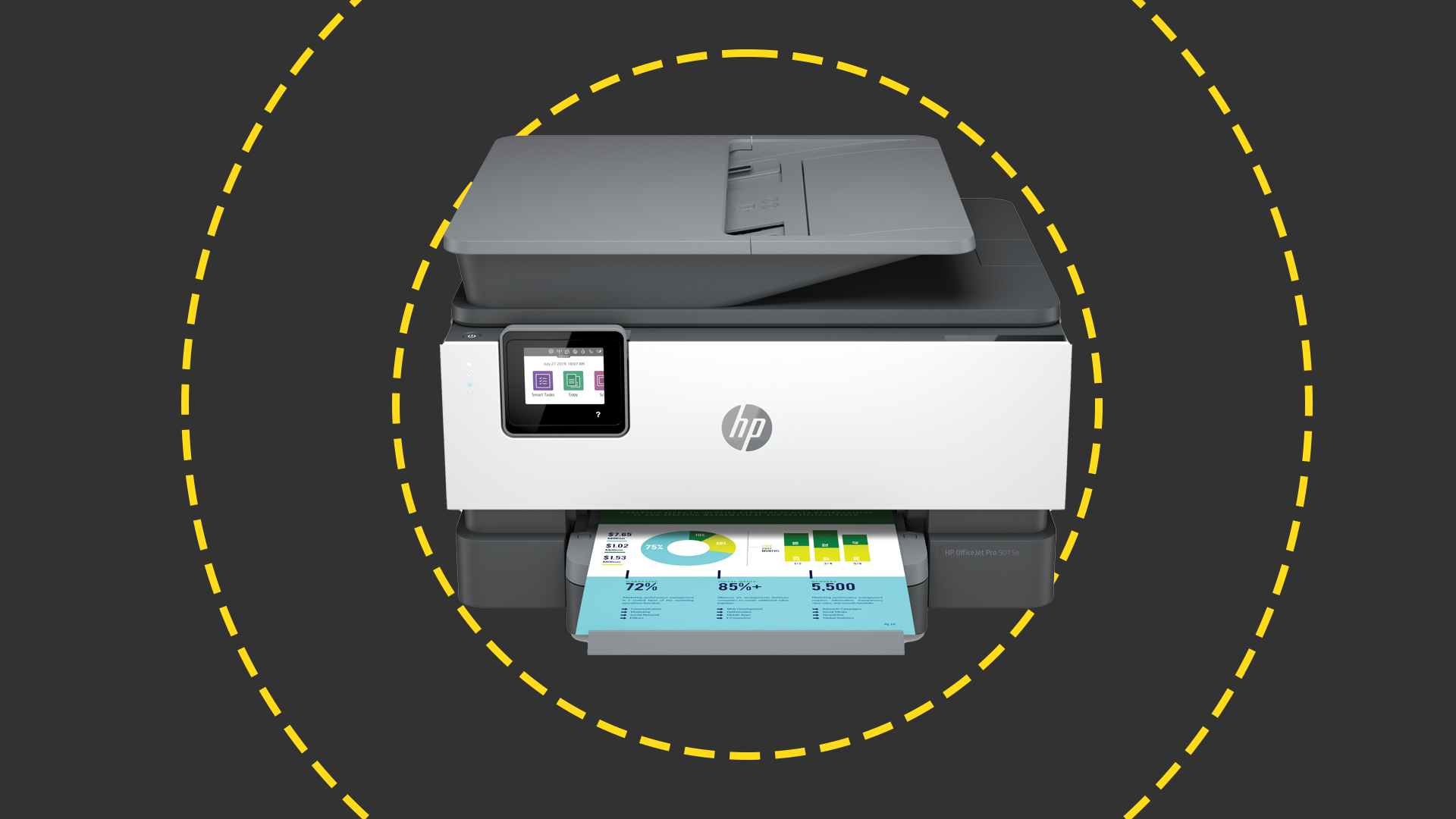 HP OfficeJet Pro 9010e review: An MFP that's unlikely to ever fall short
HP OfficeJet Pro 9010e review: An MFP that's unlikely to ever fall shortReviews Great print quality, nippy speeds, and flexible ink choices show that HP can still make excellent MFPs
By Simon Handby Published
-
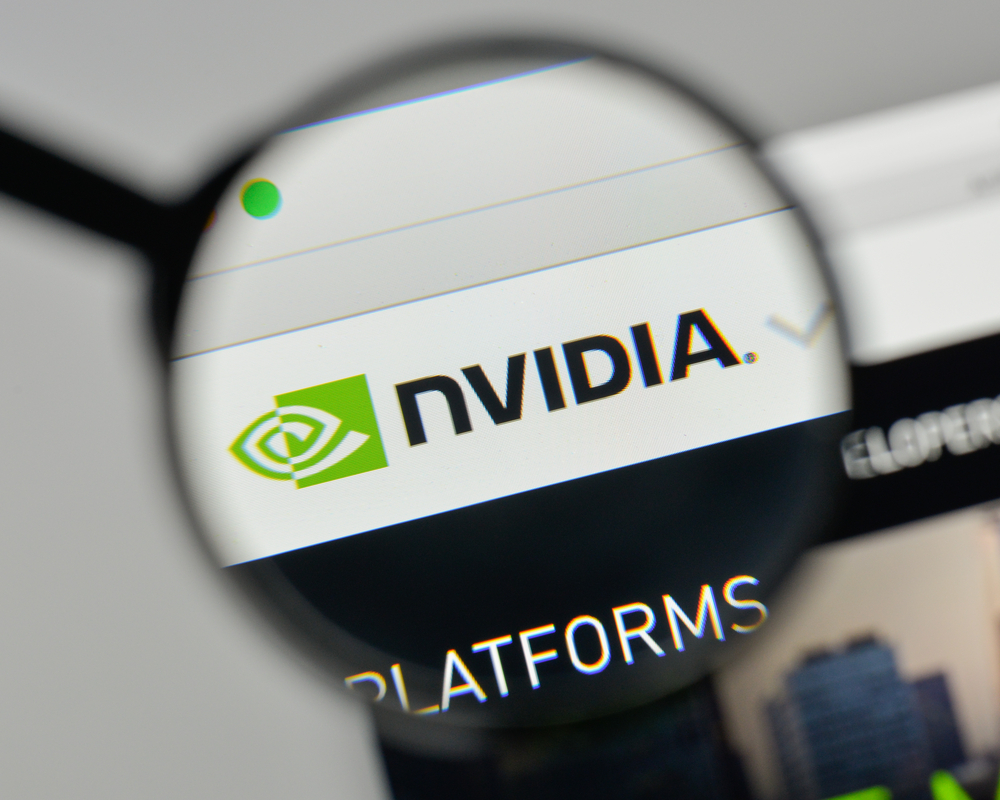 PCI consortium implies Nvidia at fault for its melting cables
PCI consortium implies Nvidia at fault for its melting cablesNews Nvidia said the issues were caused by user error but the PCI-SIG pointed to possible design flaws
By Rory Bathgate Published
-
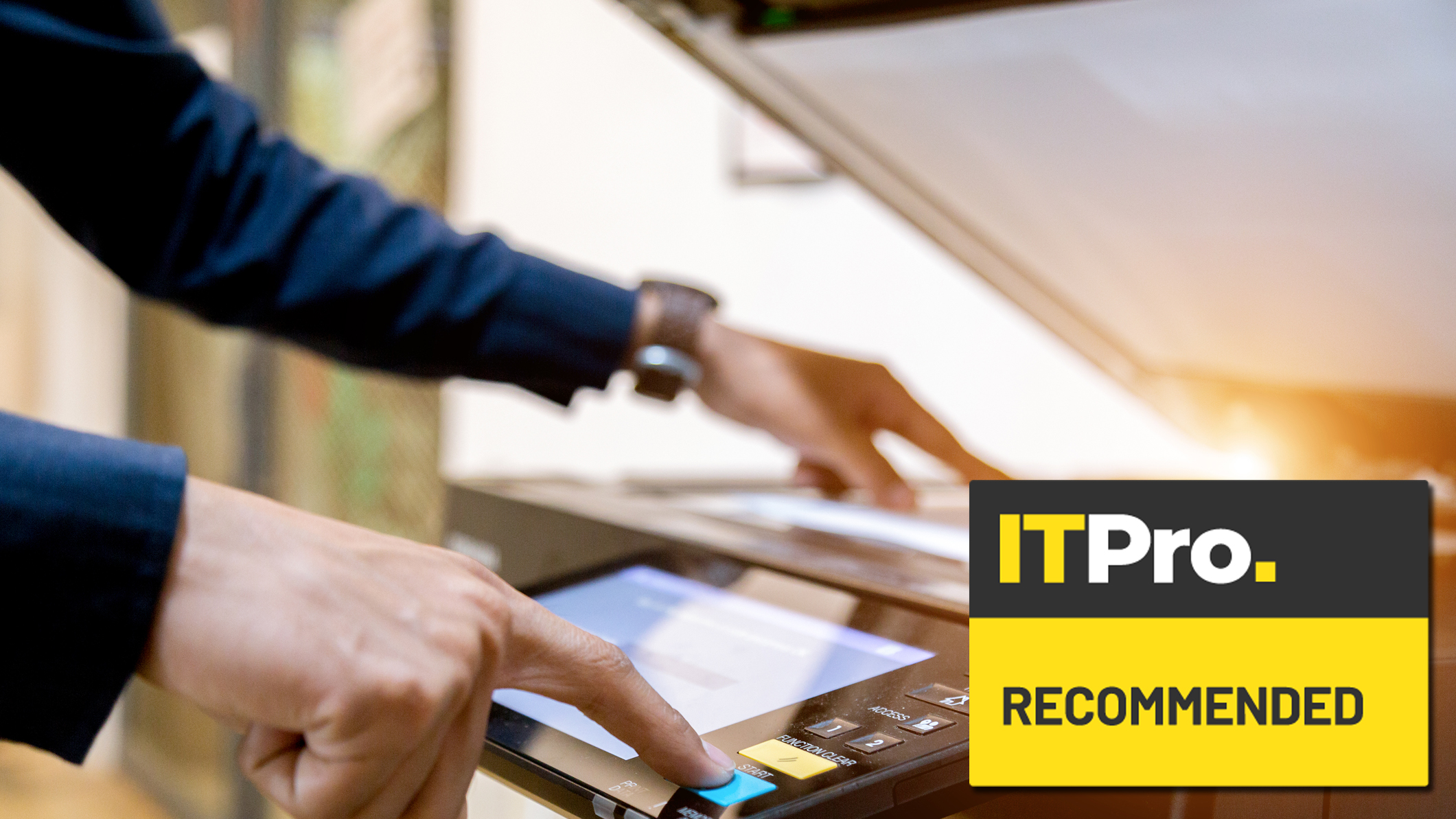 Best digital copiers
Best digital copiersBest Below you can find our pick of the best digital copiers
By Will Roszczyk Published
-
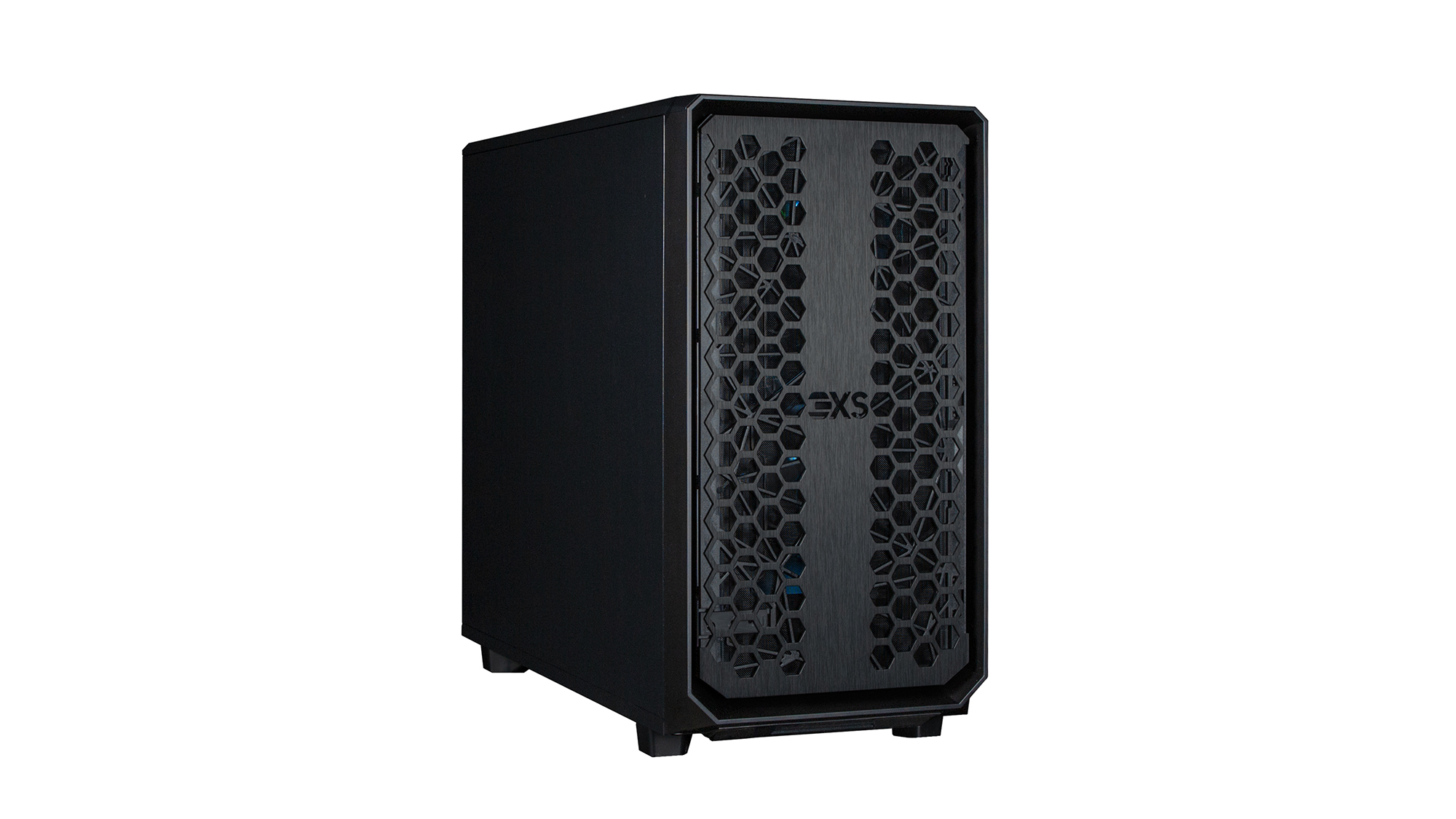
 Scan 3XS GWP-ME A124C review: An Intel-powered workhorse that holds its own
Scan 3XS GWP-ME A124C review: An Intel-powered workhorse that holds its ownReviews A brilliant content-creation showcase for Intel’s 12th-gen Core i9 and Nvidia’s Quadro RTX A4500 graphics
By James Morris Published
-
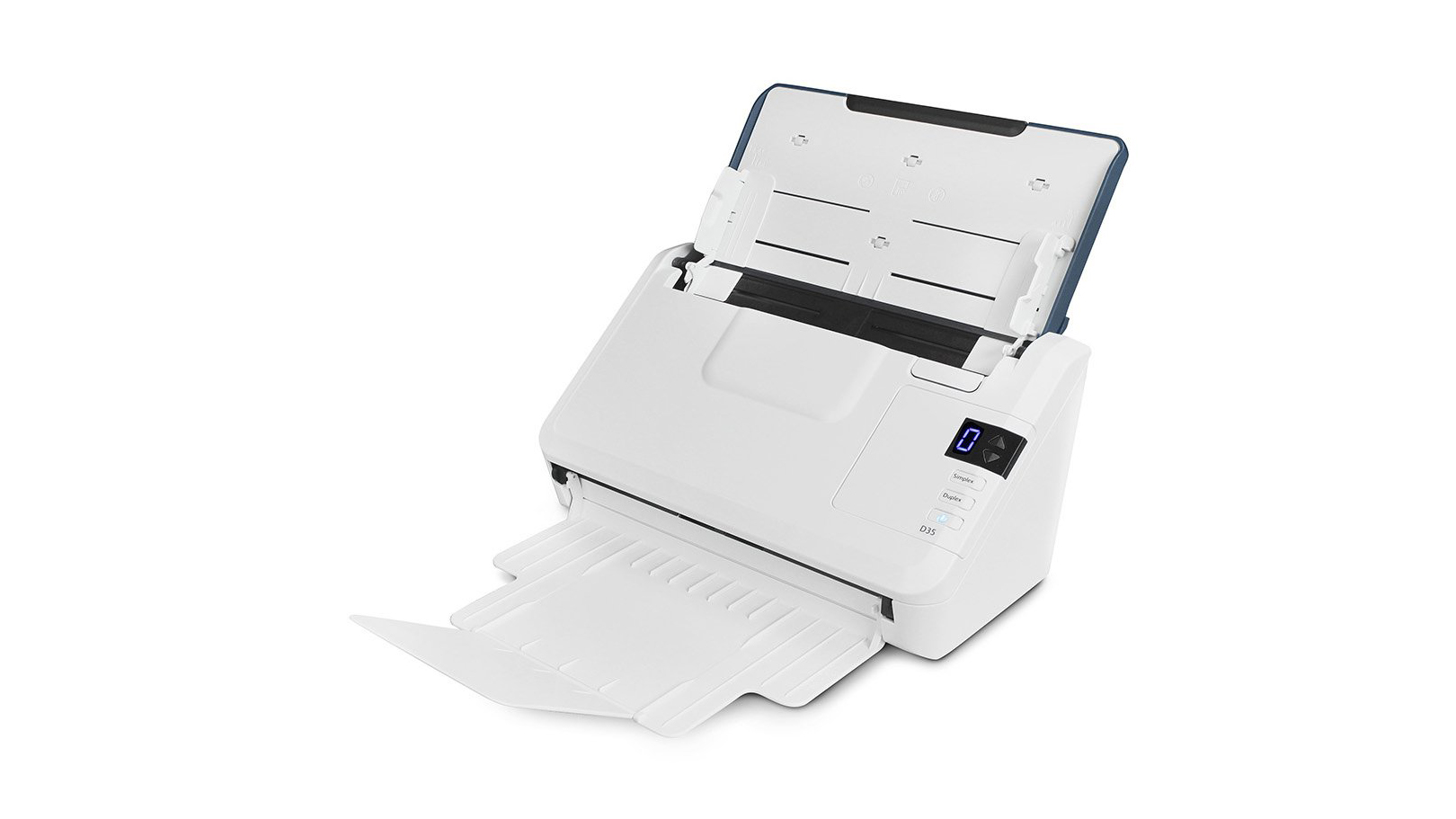
 Xerox D35 Scanner review: A great choice for heavy workloads
Xerox D35 Scanner review: A great choice for heavy workloadsReviews A budget USB scanner offering good speeds, a great range of apps and clever networking capabilities
By Dave Mitchell Published
-
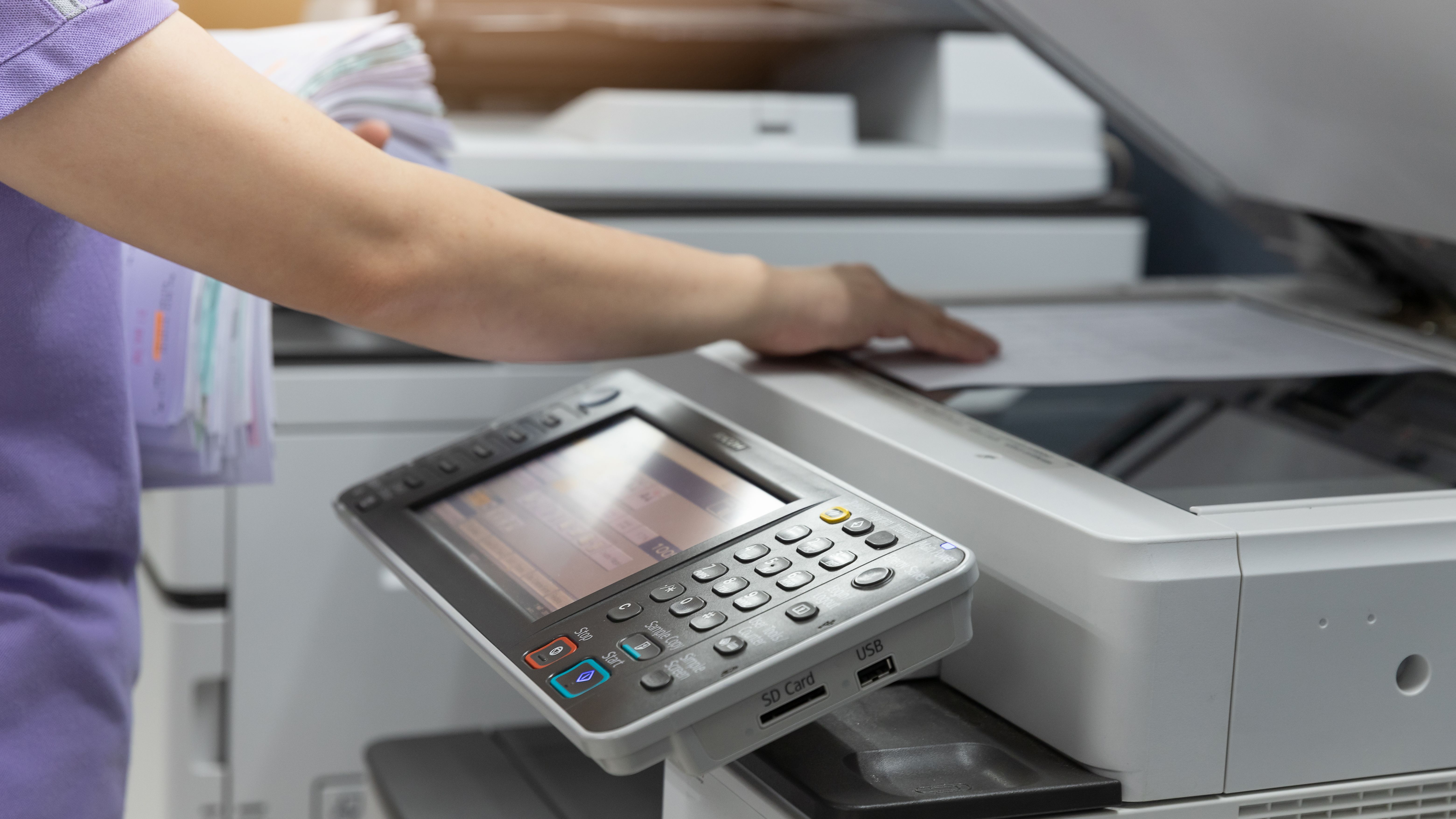 How do laser printers work?
How do laser printers work?In-depth If you’re scratching your head wondering how laser printers work, then we’ve got all the answers here
By Zach Marzouk Published
